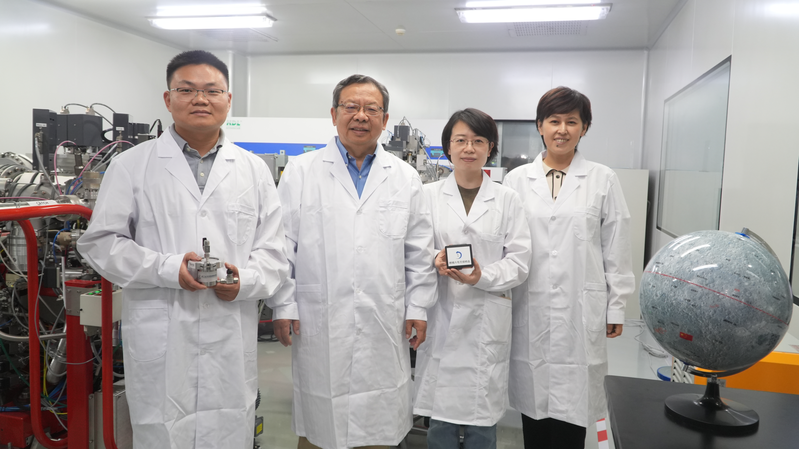In a first-of-its-kind analysis released by the China National Space Administration and China Atomic Energy Authority, scientists from the Chinese mainland reveal that the Moon’s far-side mantle is roughly 100°C cooler than its near-side counterpart. The breakthrough comes from detailed petrology and geochemistry studies of basalt fragments returned by the Chang’e-6 mission.
These basalt samples, dated at 2.8 billion years old, were collected from the far side of the Moon and compared to similar near-side rocks retrieved by Apollo and Chang’e-5 missions. The mantle potential temperature derived from these far-side basalts sits about 100°C lower than that of the near side, which has long guided our lunar theories.
The temperature gap hints at ancient thermal asymmetry, possibly driven by crust thickness variations and distinct impact histories on each hemisphere. For young global citizens and space enthusiasts, this finding deepens our understanding of how the Moon—and other rocky bodies—evolves over geological time.
As space agencies and private players worldwide plan future lunar expeditions and resource ventures, these new insights from Chang’e-6 could shape next-generation landing site choices and mission designs. They underscore the value of exploring uncharted cosmic territories and the power of data-driven science in unraveling the secrets of our nearest celestial neighbor.
Reference(s):
cgtn.com



